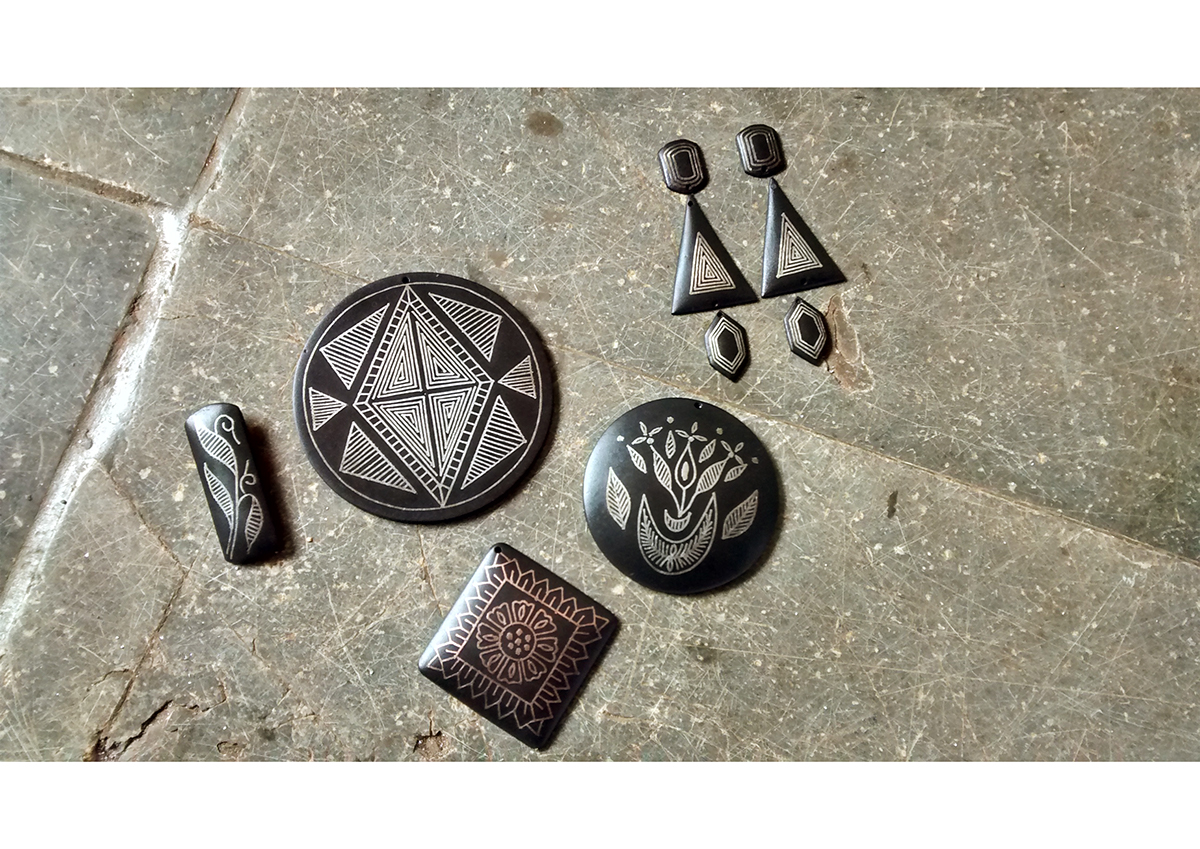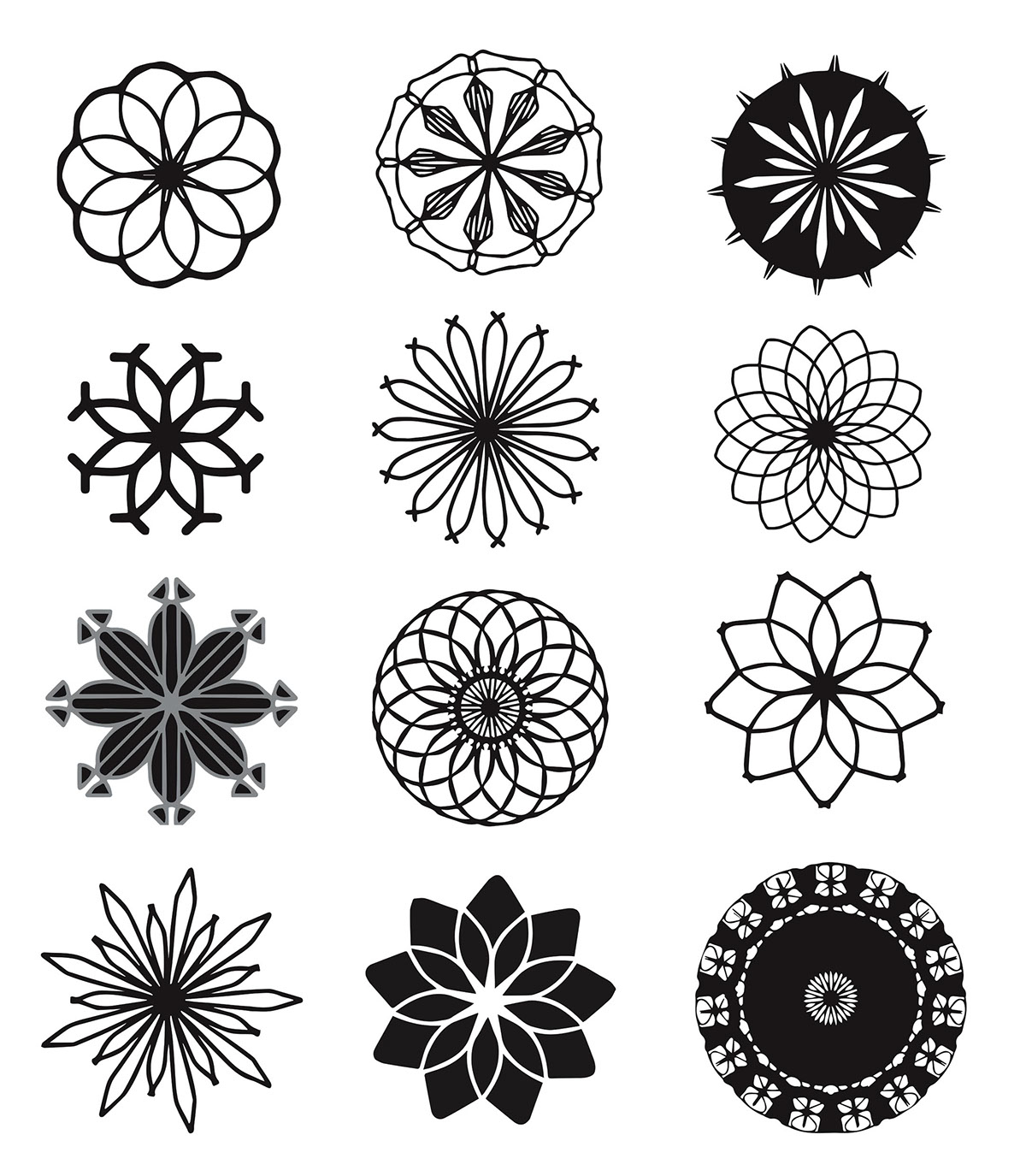
Tarangati
ta.rang.ati
verb
Transformation, Entropic change to create something new.
verb
Transformation, Entropic change to create something new.
Tarangati is my final year project. The final project in my institute, Srishti is 6 months long and expects students to work on a project that combine their skill set and learing from the last 4 years through either, a client based project or a self initiated project. My project is driven by a clients requirement, hense my work in this project would be to deliver my design expertise and skill set through my specialization to meet my client’s needs. My Client, Mr. Abhishek Poddar, who owns Tasveer Gallery has an elaborate collection of Art works and Handicrafts, is planning on exhibiting his archive in the form of a museum called
The Museum of Art and Photography. As a part of this museum, he plans on opening a retail/merchandise store for visitors to purchase take-away's inspired from the archives. Our job here as designers was to take inspiration from the archives and translate them onto to merchandise that could be picked up in a museum store. The merchandise was a take away from the art or handicraft seen at the mueseum. It however didn't have to be along the regular retail merchandising line, but instead, unique and “quirky”. The products also needed to be easily mass produced. My constrain as a Textile Designer in this brief was that my product shouldn't have any size hassle, e.g. No issues of needing a size S,M and L in the store.
Which meant instead of stitched garment as a form, I had to look at fabric that could easily be draped around the body without size being a factor.
The Archive cosists of 6 categories, that are Art, Craft, Photography, Textiles, Popular Art and Folk/Tribal work. Under these are works from artists like Gopal Ghose, Haren Das, Jamini Roy, Baua Devi, Jyoti Bhatt, Andreas Volwahsen and Karen Knorr. Besides that are handicrafts like Bidri, Terracotta Figures andMica Paintings; Brocade textiles and Pichwai shwals and pop art collages

Field of Interest : Bidri
Bidri is a traditional practiced handicraft from Bidar, Northern Karnataka. It’s a 500 year old metal art. The Persian crafts men brought this craft form to India. Its materials consists of Zinc and Copper with thin sheets of pure Silver. Bidri was considered a symbol of wealth because of its exclusive material usage and intricate and elegant designs. The primary motifs consisted of: Stars, Plants, Flowers, Animals, Repeats and Symmetry
Why Bidri?
Bidri portrays a mix of elegance and enigma with its connection to the Persian craft. Its appealing historicity and attractive motifs catches the audience’s attention. Besides that, the colour palette consists of minimal colors which are familiar and relatable to the audience.
Design Brief
Taking inspiration from Bidri of Northern Karnataka, I wanted to look further into the technique, the motifs and the historicity of the craft. Bidri is restricted to its 3d craft that primarily consists of souvenirs for home and dining wear. I wanted to translate Bidri’s unique and elegant aesthetic value that is its motifs and colour palette into a medium that it hasn’t looked into. My study/research translated into different treatments with fabric and yarn. With the fabric that has been created, I focused my product range in the field of fashion and fashion accessories. I worked on a collection of saris. My practice here as a designer was to provide the audience with the same exclusivity and elegance Bidri does with its simple color palette and eccentric motifs.

Trip to Bidar
In Bidar, I worked with Mr. Rauf who is a skilled Bidri artisan. He has been practicing the craft for the last 50 years. Working with him in this business was his son and a few craftsmen for the primary labor. Mr.Rauf is a globally acknowledged craftsmen for his work in the eld. He is also very well known by the client. Through the trip i worked simultaneously with both Mr.Rauf and his son. They gave the necessary feedback and suggestions to improve my final work. By the end of the trip i had made a small jewlery collection which consisted of
3 Neck pieces, 1 pair of earings and a broche pin.

Once back from the Bidar trip, I began to research more on Bidri and products inspired from them . In terms of inspiration, the main things that I wanted to take forward were:
-The displaced motifs
-The play of geometry with floral motfs
-The blend of Persian heritage and Indian practice
-The contemporary take on Bidri with the new age products
-The negative and positive space that was played around with
Besides the above I was also really taken in by the creation of islamic/Persian motifs. The seven circles pattern is commonly used in Islamic art to creat motifs, both as a design in its own right and as a grid for developing patterns. A circle surrounded by 6 circles of the same size produces a hexagon based pattern. As the peripheral circles encroach on the inner circle, different configurations are produced with a variety of geometric and decorative characteristics. Along studying the motifs, I also began to study my form, the Saree. A saree consists of the pleats area, the border and the pallu. Designs are usually registered all over the saree or just in highlighted places. My idea was to incorporate Bidri designs through these highlighted areas. Besides studying the form of the saree, I also looked at how it fell on an average Indian body, i.e. Where the pleats fell or where the pallu fell. I also looked at dierent designers to take inspiration from. Through this i came to know about Tarun Tailani’s Bidri Ware collection. Here he has focused primarily on the Bidri motifs and eccentric patterns and translated them into a very colorful range. Besides taking inspiration from his work, i also looked into Jaypore, Mora and Manish Malhotra for dierent motif placements on sarees and saree designs.

Once my initial research started i made my mood board.
Based on my Bidri research, My first set of motifs were created inpired from both floral use in Islamic art as well as the seven circle pattern. My motifs were all created digitally using Adobe Photoshop and Illustrator





Material Exploration and Sampling
I experimented on various kinds of silks used for sarees in my sampling. It varied from Chanderi silk, silk crepe, georgette, chiffons, to shimmer fabric, Raw silk and satin silk. I used screen printing as my medium of transfer as it replicated colours the best and could be played around with. I used Silver binder, Black pigment and Kadi white paste for my colours. My fabric samples were embroidered by Kaligars who worked with machine embroidery. I mainly used silver and white Zari thread. I did my fabric sampling in the college studio space as well as The Print Journal, Bangalore. My samples were done in a way where i had a configuration of different motifs on different material with differnt colour so that if required later, the client could pick his choice with motif, material and colour.





Based on how my motif placement worked on the fabric samples I worked on creating my Saree layouts for the final. I looked into displaced motifs, large pallus, differnt pleats and playing with negative and positive space. I made a total of 12 layouts out of which i selected a total of 5 with the help of my faculty



For my final Saree, I used Chanderi silk. It worked the best with dyeing easily, holding the pigment and binder well and not becoming heavy with the embroidery. The next 5 saree’s tells a story of Bidri through my inspiration.

My first saree looked at the displaced motifs that were used in some of the Bidri-ware i saw in Bidar.

My second saree looked at the geometric Bidri motifs used commonly in Bidriware.

The third saree looked at Bidris blend of Persian Heritage and Indian Practice.

The fourth saree looked at the contemporary take on Bidri with its new age products.

The final saree looked at the play of negative and positive space.
Final Project Display and Graduation Exhibition



